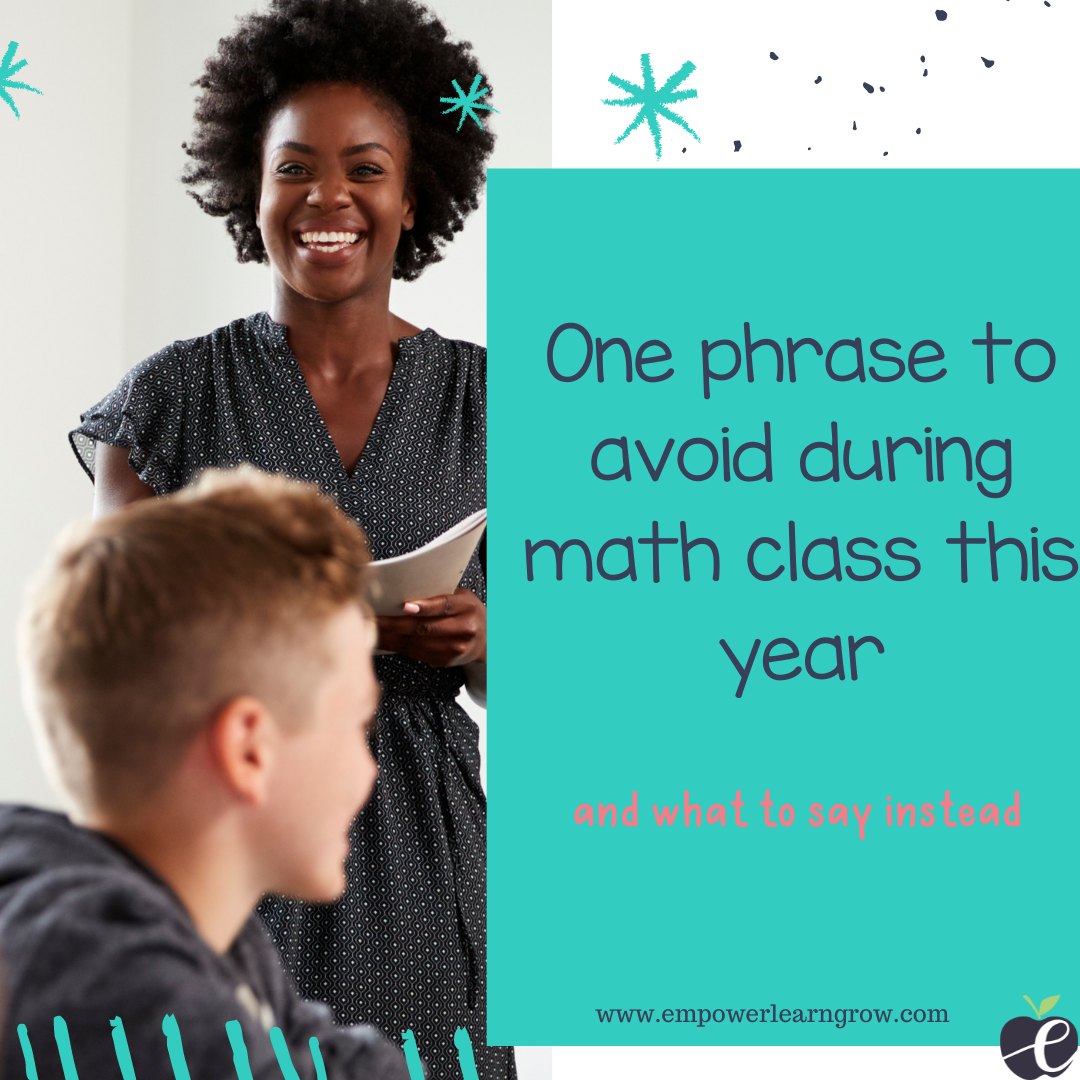
16 Jul One Phrase To Avoid In the Math Classroom
“They can’t do anything!”
I vividly remember shouting this as I stormed into the teacher’s lounge during lunch on the first day of school.
“I know, I forget every year how much they don’t know, “ exclaimed my teammate.
It was frustrating. They were so little, they were soooo not the kids I said goodbye to in the spring.
Although I wished my new third graders knew more, could do more, etc. the reality was I also loved how moldable they were. We were starting with a new, clean slate, and they were primed for learning. They were wide-eyed and full of hope for the new year.
This school year, with Covid-19 mostly in our rearview mirror (fingers crossed), I anticipate many more of us having these feelings of ‘they can’t,’ ‘they don’t know….’ ‘how will we ever catch up….’
But, I’d like to take a different approach and encourage you to change your words, thus change your mindset. When we focus on all that someone doesn’t know or can’t do, we begin our downward spiral of anxiety and fear.
How will we ever get them ready….
How am I supposed to stay on pace….
We don’t have enough intervention support…
We should have done summer school….
And the list goes on. This type of anxiety, frustration, and fear can only hurt our teaching, not help. Our words become our mindset, and our mindset sets our expectations, and our expectations are what we teach to. The more we belabor all of the could haves and should haves the more we are focused on deficit-based teaching. Here’s what happens:
- We slow down (too much)
- We over scaffold (we hold hands too much, help too much, scaffold too much– but there is so much reading, but this problem is hard…but. .but…)
- We restrict grade level access (well they didn’t get that unit last year, so now I have to teach it this year. They didn’t get____ when I tried to teach ____ so I’m pretty sure they won’t get this either)
- We make assumptions, label students, and quite honestly, create even more equity gaps.
- We find someone or something to blame (last year’s teacher, the student, the family, the pandemic, the lack of technology, the pacing guide, the standards…and the list goes on) which in turn means we become paralyzed and stop believing WE can because we are convinced it’s not our fault and we can’t control it.
All of these don’t yield the growth we need to see in students and the gap widens.
Students probably have some unfinished learning. I love this term way more than ‘catching up’ or ‘gaps,’ because it helps my brain frame it in a way that is more accurate. It’s not that they don’t have the learning, it’s that it is unfinished. It’s been started. Our goal is to help put the finishing touches on what they may not have received previously while supporting them with connections to our grade-level content.
Here’s how:
Asset-Based Teaching vs Deficit-Based Teaching.
When I ask students to solve a problem, I should be watching and noticing what students DO know, what they CAN do. I know my grade-level expectations, I know what they can do. Now my job is to make connections between the two.
Think about anything you’ve ever learned from scratch, when your teacher focused on what you could do, “Good…ok, you know how to —now add on this—–” you kept moving forward. If they would have said, “Dear God, you don’t know how to do_____?” You would have believed they were right, shut down, gave up.
When people point out their shock at what you didn’t know or can’t do, are you inspired or does it spark feelings of shame? For some of us, a fire is lit and we become determined, but for most of us (and our students), we believe what people believe about us.
Example:
Mother: Stir this batter and we’ll add it to the pan.
Daughter: Stirs the top of the batter.
Mother: You don’t know how to stir? How can you not know how to stir? You should have learned this when you were 7. Here, give it to me. I’ll do it.
Daughter: Ashamed, shut down– possibly angry– shoves the bowl at mom and walks away.
Better Example:
Mother: Stir this batter and we’ll add it to the pan.
Daughter: Stirs the top of the batter.
Mother: Great, you got all of the ingredients on the side and the top. I see dry ingredients at the bottom, what should we do about that?
Daughter: Like this?
Mother: Perfect. How can you know you got it all?
Daughter: (shows how she can scrape the bottom to the top and there aren’t any dry ingredients untouched by the wet ingredients).
Daughter: Proud. Accomplished, willing to keep learning. Met the goal of stirring the ingredients. It took a little longer, it took some patience, and it took the mother identifying what the daughter knew how to do and making connections to what ultimately needed to happen.
We have to identify and point out what students can do, then connect it to their next step (s).
“ 7 x8? What? You don’t know your math facts? You are supposed to know them….”
Shame.
Defeat.
Shut down.
“ You know your 5’s, how could multiplying 7 x 5 help you to solve 7X8? “
Motivating.
Helpful.
Connective.
When I focus on what they ‘can’t’ do I become overwhelmed and stressed. I take over. I start doing the thinking for them just to ‘get through it.’
When I focus on what they ‘can ‘ do I become hopeful and motivated to look for opportunities to connect what they can do to where they need to go.
It’s what we’ve always done as teachers, but somehow in the sea of troubles, we’ve found ourselves drowning with all the can’ts that we’ve lost our ability to see the cans and the connections.
Brene Brown calls this identifying strengths and opportunities (instead of weaknesses). Weaknesses feel final, lost causes, inability to do something, not good enough. Opportunities feel like growth, options, possibilities.
Look for the strengths. You’ll find them.
Train yourself to look at student work through the lens of what they are understanding vs. what they aren’t getting. Look for opportunities to connect their understanding to their final goals.
Doing this means we aren’t focused on the deficits, but we also aren’t pretending they don’t exist. We are merely reframing to make forward progress. We are focused on the assets and the opportunities. By doing this, I promise we will make more and bigger gains.
Making these connections may require:
–Visual Tools of supports (scaffolds that help connect the missing pieces- think number charts, ten frames, etc.)
I have been running RTI, Moving Mathematics Forward webinars for teachers and administrators for the last few months. Part of my webinar focuses on how to provide what students need (perceived or actual prerequisites) while also teaching this year’s requisites. Here is a quick excerpt of that webinar to give you a few examples of the scaffolding supports we can provide:
Show them visually what they are doing and how it connects to where we are going. “So this is your ten. Why do you think we can call this the hundred?” The more visual we make mathematics the more access we give to all learners.
They don’t know their sums of ten. They can’t make a ten with 8+7.
Instead:
They can make a ten using a ten frame. Let’s show how to do 8 +7 with ten frames and have them circle the ten until they see it.
They can’t find equivalent fractions. They don’t know their math facts.
Instead:
They can use bar models to see the equivalence. Teach them how to use the bar models, or fraction strips to see what parts ‘equal’ and connect it to the multiplier.
The more we do the visual and point out the multiplier piece, the sooner they will start to see the pattern. With or without the math fact they now have a method for finding an equivalent fraction.
But keep the main thing the main thing. If today is about counting on two-digit numbers, provide the connections students need to count on two-digit numbers. Some may need a number chart, some a dot array to see the quantity, others will use circle drawings and ten sticks, and others will use open number lines and mental math strategies. Making all of these visual and CONNECTING them to what the student already knows allows us to keep the main goal of the day the main goal. We can all count on two digits. We might just use different tools and methods to get us there. We can work on single digits during our intervention time. During our CORE time, we are focused on the grade-level standard and providing the tools to do so.
-Additional content learning for the teacher. The better we know learning progressions and the Concrete-Representational- Abstract progressions, the better we will be at making connections for students and providing that just-in-time support.
–Patience. Lessons may take a little longer. We may need to do some front loading. We may need to do more choral responding or more repeating of key ideas. Keeping our eye on priority standards will help us to let go of every part of the lesson we’ve taught before and instead of keeping our eye on the priority skill or concept.
So, focus on what they CAN do.
Focus on your language. Below is the graphic Harry Wong uses in his ‘First 10 days of School” book. I’ve added the language piece. It starts there.
If we believe we will never ‘catch up’- you’re right, we won’t.
If you believe the standards are too hard for them – you’re right, and you’ll dumb them down.
If you believe they are already behind — they will believe that too (insert shutdowns, lack of effort, poor math mindsets).
If you believe students are capable of moving forward with the right support — they will.
If you believe they can – so will they.
It won’t be easy. But teaching never has been. I’m just suggesting IT IS POSSIBLE and the year will be much more successful and encouraging when we focus on what they CAN do.
And by the way, I believe you CAN do this.
Interested in learning more about supporting students inside core instruction and in an intervention block?
Register for our final session of the Moving Forward in Mathematics webinar. *Best suited for Math Expressions Users. August 8th, 2021 5:00pm CST
Are you a Math Expressions User looking for on-demand professional learning? Our Squad is open now, be sure to enroll! Individual and bulk enrollments are available for schools and districts.
Join the Tribe!

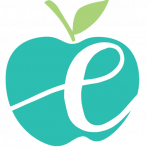

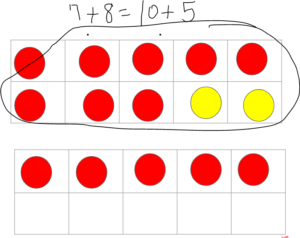
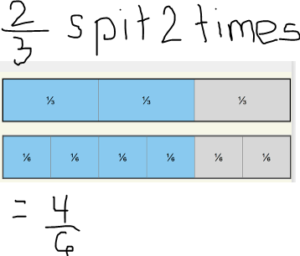
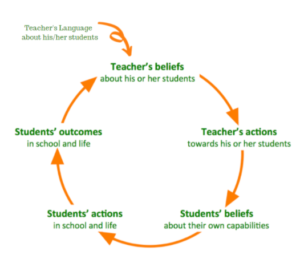

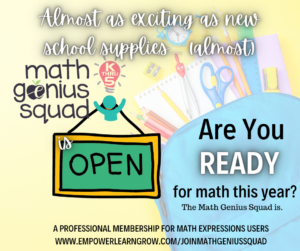
Sorry, the comment form is closed at this time.